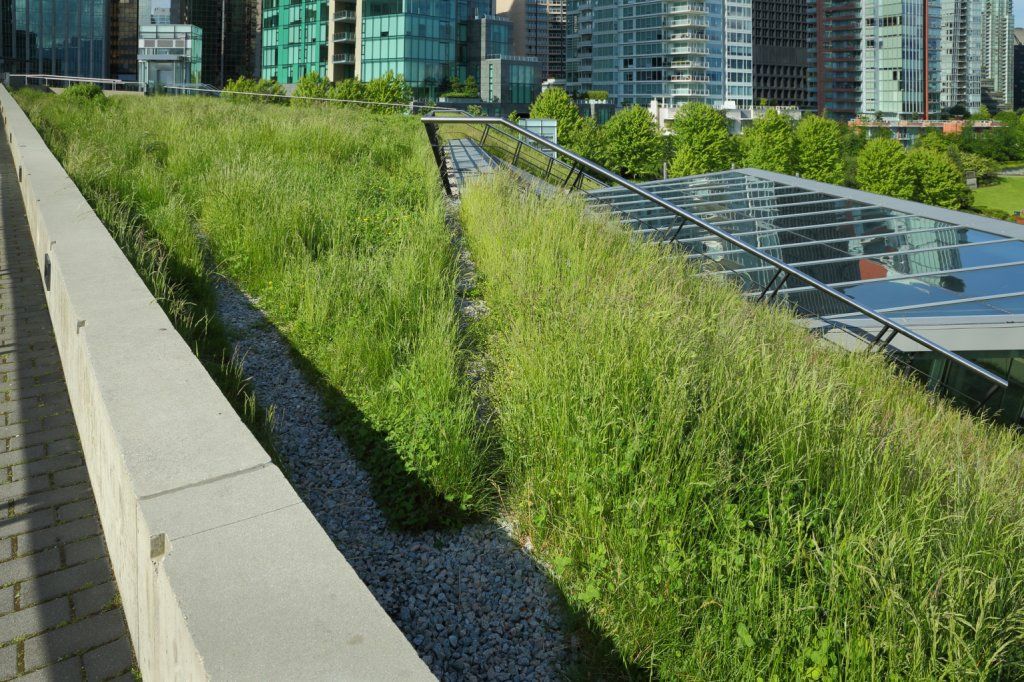Technology's Role in Building Sustainability

If you spend any time at all in the commercial real estate world, you’ve probably heard and seen terms like green, clean energy and sustainability all over the place. But are you really sure about what these terms mean, or how they’re applied?
As the commercial real estate industry continues to grow and expand, and as the earth’s supply of non-renewable resources continues to dwindle and become more expensive, green and sustainable construction will become more than just a nice, environmentally friendly option for eco-conscious builders and owners – it will actually become a necessary step in how we all live our lives.
Fortunately, technology has allowed clean energy to advance further than ever before and can be as beneficial for your bottom line as it is for the earth.
But what, exactly, is green construction technology? The truth is, it is a broad category and can include everything from energy-efficient home appliances to geothermal heating. With this in mind, let’s take a closer look at the role technology plays in building sustainability. These may be the technologies and materials that everyone uses in the future, but they’re available now – so why wait?
1. Cool Roofs
Just like the name implies, cool roofs are specifically designed to help increase solar reflectance and decrease thermal emittance. In other words, these roofs are designed to reflect more of the sun’s rays than a typical roof, while also allowing the cold or warm air inside your home to stay in your home, rather than escaping through the roof. During the summer, a traditional shingle roof can easily reach more than 150 degrees, but a cool roof can help to cut that down by more than 50 degrees.
2. Geothermal Heating
Whereas stormwater management uses plant life to help control water, geothermal heating taps into and harnesses natural energy from the earth to generate power. Like solar power or wind power, geothermal heating is an efficient source of renewable energy that is much more environmentally friendly than many other sources of energy, including coal-powered electricity and natural gas. And, believe it or not, even extreme weather doesn’t impede its effectiveness. The pipes are buried a few feet underground, where the ground resists freezing and other effects of cold weather. Rather, the ground tends to stay close to 60 degrees year round, making it a warm source of energy in the winter, and a cool source of energy in the summer.
3. Smart Glass
You may already know that passive solar energy relies on window panes to let in sunlight, which is used for heat. But what about during the summer months, when you want to actually keep all of that solar energy out? While awnings, overhangs, or even shades can help cut down on the amount of light coming in, there is a much cooler solution that will not only cut down on your HVAC costs, it will even change the way you think about sunlight – smart glass.
Smart glass, or electrochromic glass, use a small burst of electricity to charge ions on the window and actually change the amount of light it reflects. And while it’s true that low emittance windows that help block some of the sun’s light already exists, smart glass actually allows you to choose just how much light you want to block. Installing smart glass in your building can help deliver a 25 percent reduction in energy costs.
Now is the time to act. As these technologies and more continue to evolve, you will see more and more building solutions that will help improve our planet. In the end, technology will play a huge role in empowering us with valuable insights, which will help enable us to reach the ultimate goal of sustainability.
A Trusted Guide in Commercial Real Estate
Coldwell Banker Commercial® provides Commercial Real Estate Services from Property Sales and Leases, to Property Management. Learn how our expansive network of Independently Owned and Operated Affiliates and Real Estate Professionals use their in-depth knowledge of the local market and industry trends to help businesses and investors navigate the complexities of the commercial real estate landscape.






